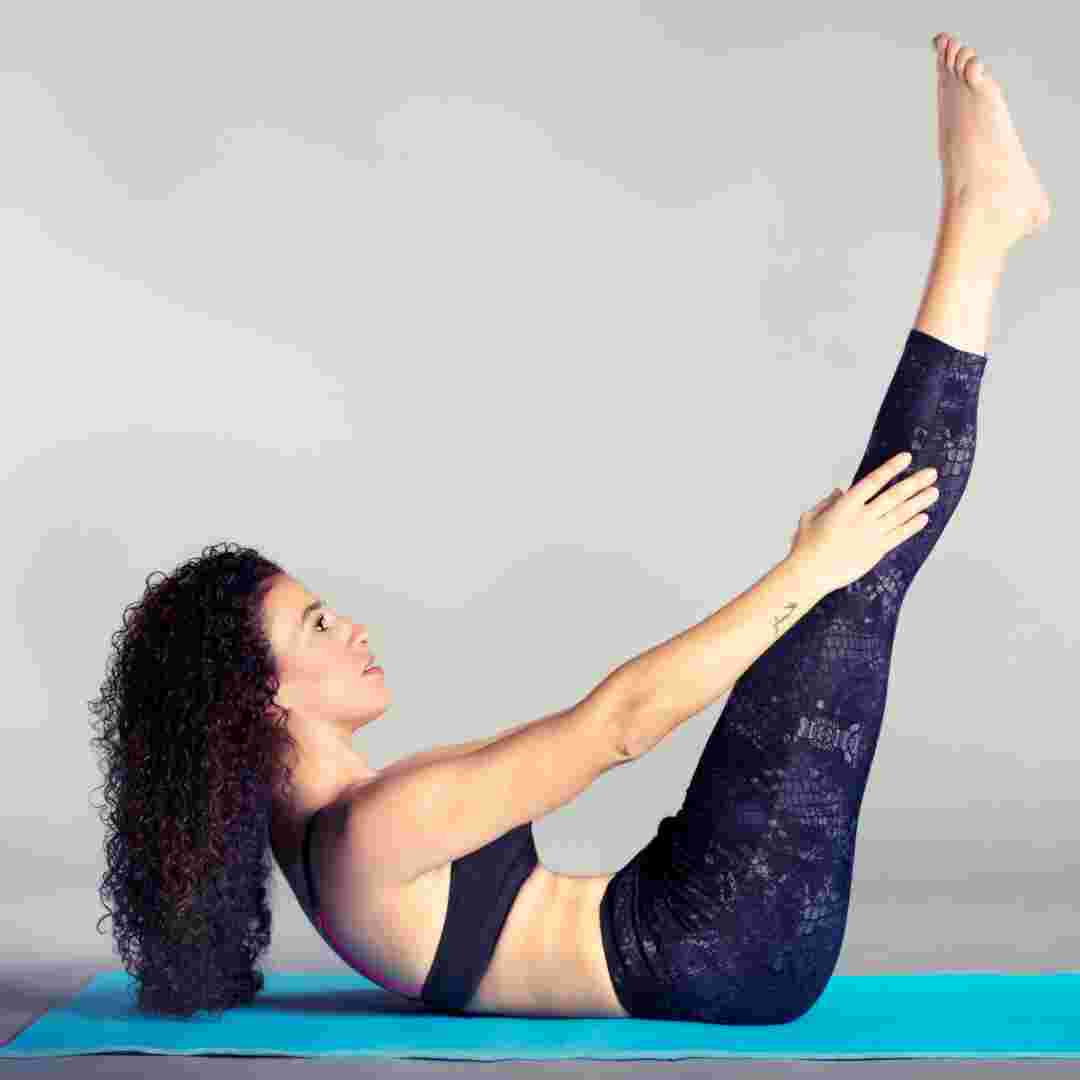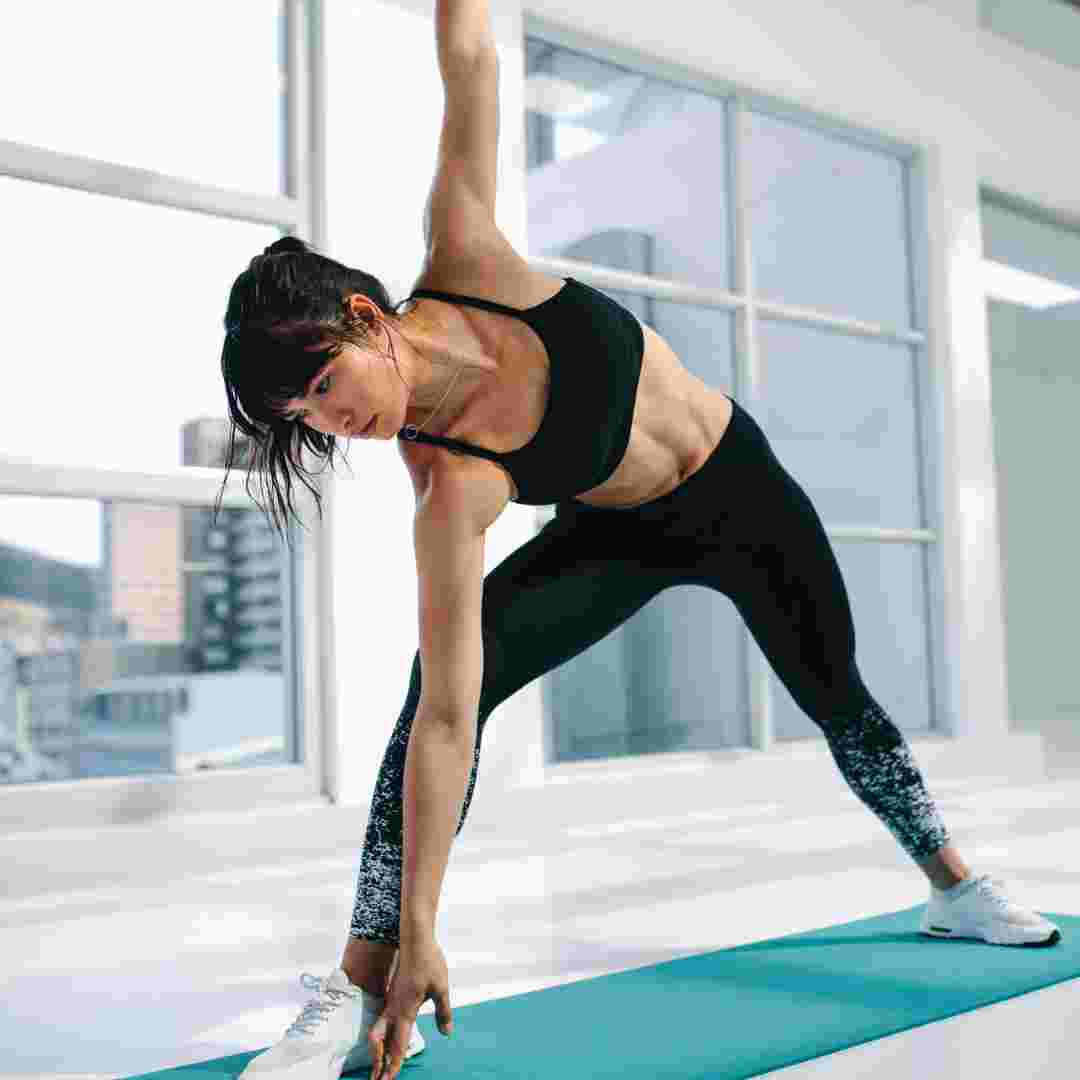Table of Contents
Introduction
Pilates Proper Alignment Matters
Pilates' Core Strength and Why It's Hard
Pilates Mental Focus and How to Improve It
Q&A
Conclusion
Pilates strengthens and balances your mind and body."
Introduction
Pilates strengthens core muscles, improves flexibility, and balances the body. The precise movements and concentration on appropriate alignment and breathing make Pilates tough for many people, despite its low-impact nature. Pilates requires a lot of mental focus, making the workout much harder.
Pilates Proper Alignment Matters
The popular exercise Pilates has been around for almost a century. Joseph Pilates, who felt mental and physical health were linked, created it. Pilates emphasises core strength, flexibility, and balance. Even experienced exercisers find Pilates difficult. This article discusses why Pilates is hard and the necessity of alignment.
Pilates is difficult because it needs precision and control. Slow and deliberate Pilates motions are different from other exercises. To complete the exercises correctly, you must engage your muscles in a precise way. People used to faster workouts may find this tough.
Core strength is another reason Pilates is challenging. The core muscles support the spine and pelvis. Pilates requires regular core muscular engagement for alignment and stability. This can be difficult for persons with weak core muscles or who are unfamiliar with them.
Pilates requires proper alignment. Alignment allows you to engage the right muscles and do the workouts correctly. If you're out of alignment, you may not engage the proper muscles, which can cause injury or inefficient workouts.
An important part of Pilates alignment is spinal alignment. Your spine should be neutral, not arched or rounded. The core muscles activate appropriately and support the spine. Incorrect spine alignment can strain back muscles and cause damage.
Correct pelvic alignment is also vital in Pilates. Neutral pelvis implies level and not inclined forward or backward. This engages your core and supports your lower back. Your pelvis may be misaligned, straining your lower back muscles and causing damage.
Pilates requires proper limb alignment as well as spinal and pelvic alignment. This includes positioning your arms and legs correctly to engage the right muscles and do the exercises. Your knees should be in line with your ankles and your feet should be in the right posture for leg workouts.
Pilates is a difficult exercise that involves control, precision, and core strength. Pilates requires proper alignment to engage the right muscles and perform the exercises. Pilates optimal alignment includes spinal, pelvic, and limb alignment. You may maximise your Pilates workouts and avoid injury by focusing on alignment and core engagement.
Pilates' Core Strength and Why It's Hard
The popular exercise Pilates has been around for almost a century. Joseph Pilates, who felt mental and physical health were linked, created it. Pilates' concentration on core strength makes it difficult for many.
Good posture, balance, and stability require core strength. The core muscles are the abdominals, back, and pelvic floor. These muscles support the spine and pelvis, making them vital to body strength and stability.
Pilates routines target the core to strengthen them. These workouts are difficult and need focus and control. This is why Pilates is difficult for many.
Pilates is difficult because it needs mental focus. The workouts are gradual and regulated, so pay attention to your body and motions. People used to faster exercise may find this tough.
Core strength is another reason Pilates is difficult. The workouts target the deep core muscles, which other exercises disregard. To do the exercises correctly, you must progressively gain core strength.
In addition to core strength, Pilates requires flexibility. Many exercises include stretching and lengthening muscles, which can be difficult for beginners. Over time, frequent practise can improve flexibility and make workouts easier.
Pilates improves bodily awareness. The exercises involve so much concentration and control that you become more aware of your body and motions. This can enhance your posture, balance, and coordination, improving your health.
Beginners to Pilates should start slowly and improve strength and flexibility. You should also work with a trained instructor to do the exercises safely. Pilates gets simpler with practise, and you'll gain core strength, flexibility, and body awareness.
Pilates is difficult and demands mental attention, core strength, and flexibility. However, consistent practise and a trained instructor can improve your health and wellbeing through this workout. If you want a new challenge and to enhance your core strength and body awareness, try Pilates!
Pilates Mental Focus and How to Improve It
The popular exercise Pilates has been around for almost a century. It is a low-impact workout that strengthens core muscles, improves flexibility, and raises body awareness. It may appear easy, yet many individuals find it difficult. This article will explain why Pilates is so difficult and how to increase your mental focus to maximise your practise.
Pilates is difficult because it needs mental focus. Pilates goes beyond motions, unlike other exercises. It needs full attention to your body and its movements. This degree of concentration is hard to achieve, especially if you tend to work out quickly.
Pilates is difficult because it targets muscles that other exercises neglect. The abdominals, back, and hips are vital for healthy posture and injury prevention. They are generally weak, making Pilates difficult for many people. Building these muscles and improving strength and stability takes time and practise.
There are various ways to increase your Pilates mental focus. First, minimise distractions. Find a peaceful place to practise without distractions. Turn off your phone and other distractions. Set up a Pilates space at home to focus on your training.
Setting session goals might also help mental focus during Pilates. Think about your goals for each workout instead than just doing them. You might work on balance or range of motion. Setting goals helps you stay motivated and interested during practise.
Pilates requires breathing, which improves mental attention. Pilates encourages deep, diaphragmatic breathing to enlarge your lungs. This breathing can relax and focus you. Throughout your practise, breathe deeply through your nose and exhale fully through your mouth.
Finally, Pilates requires patience. It takes practise to perfect this difficult workout. Don't give up if you struggle with exercises or don't see results immediately away. Practise will gradually increase your strength and mental focus.
Finally, Pilates is a difficult exercise that takes mental focus. Eliminating distractions, creating goals, focusing on your breath, and being patient can help you focus and maximise your practise. Pilates is a journey that requires time and practise to see benefits. Maintaining it will boost your strength, flexibility, and body awareness.

Q&A
1. Why is Pilates hard?
Pilates needs concentration and control, making it difficult. The workouts target specific muscles and boost strength and flexibility.
2. Is Pilates harder than other exercises?
Fitness level and person determine it. Pilates needs different strength and control than other exercises, making it harder for some.
3. Does Pilates improve with practise?
Yes, continuous Pilates practise can make your body stronger and more comfortable with the moves. However, there is always potential for development and new difficulties.
Conclusion
Pilates is difficult because it involves focus, control, and precision. It also weakens and makes non-useful muscles tougher to engage. Holding poses for long durations is physically demanding in Pilates. Pilates is a difficult workout that takes dedicated practise.


